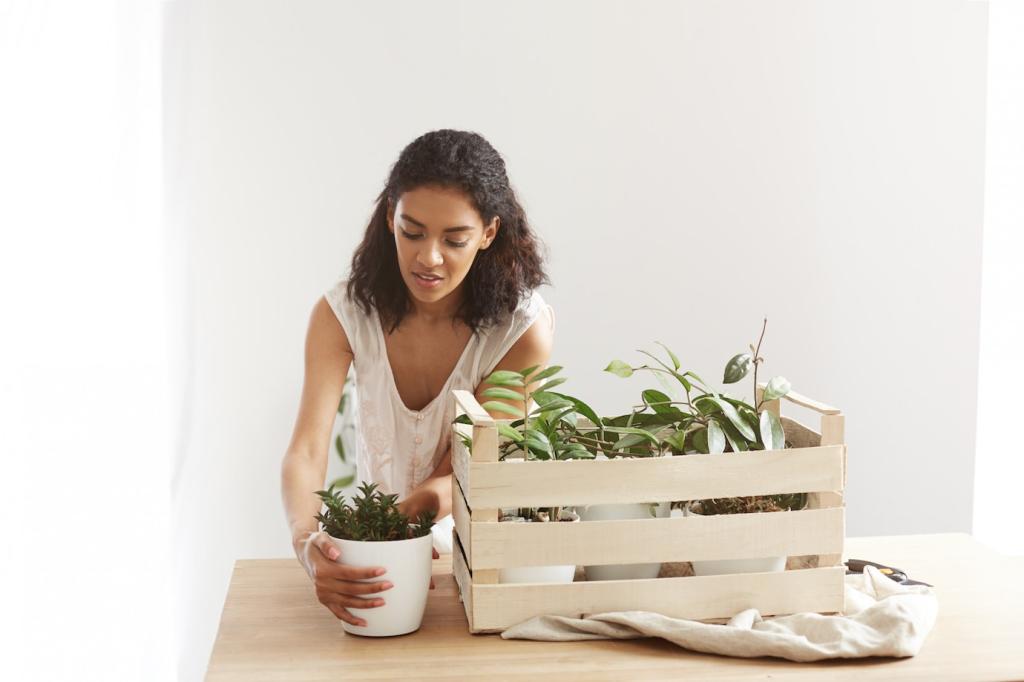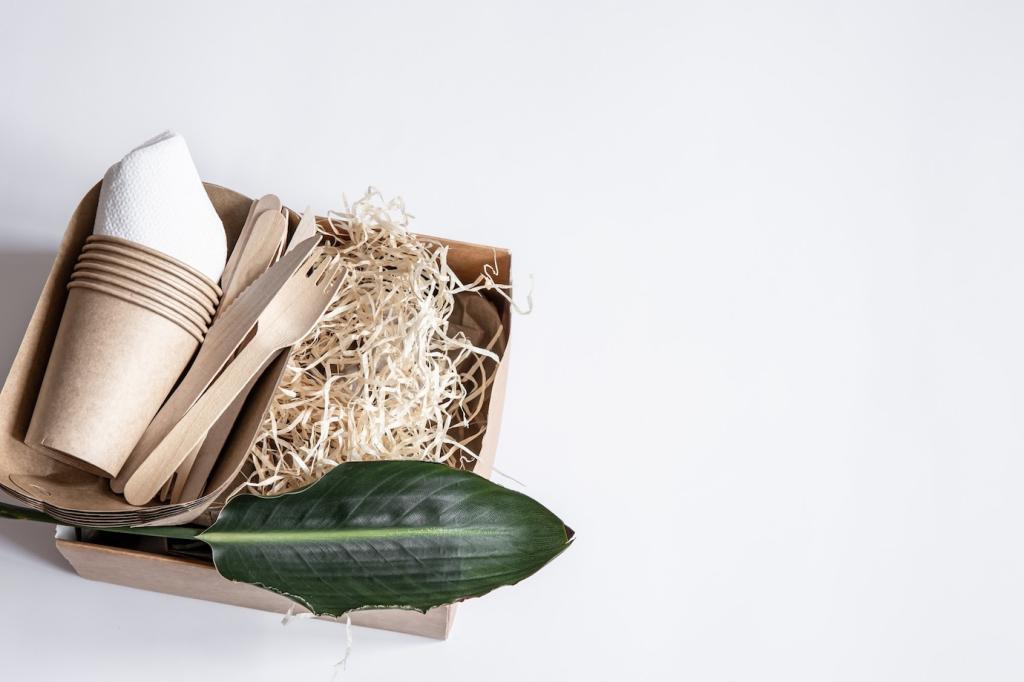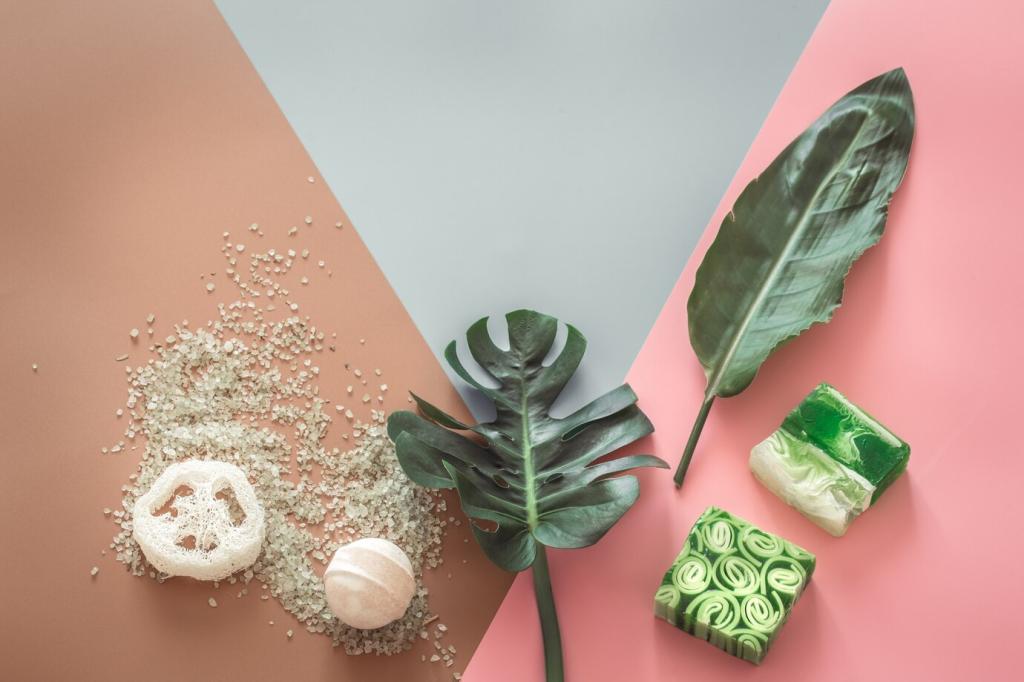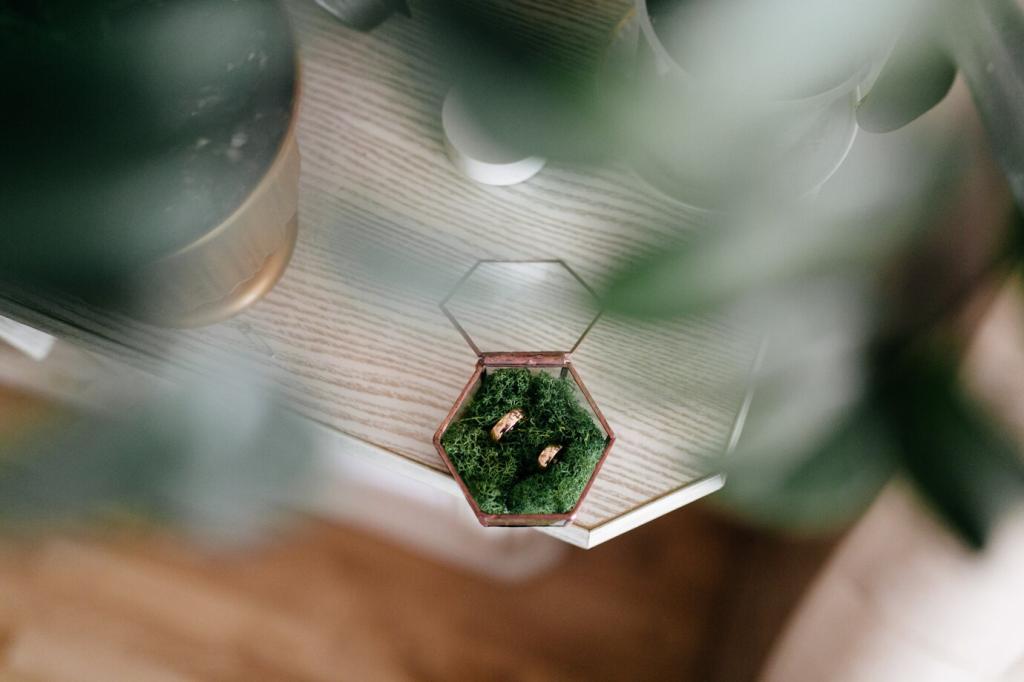Daylight, Shadows, and Healthy Lighting
Open sightlines to windows, bounce light off pale ceilings, and temper glare with sheer linens or slatted screens. Even a single reflective surface can pull daylight deeper into a room, reducing dependence on bulbs during bright hours.
Daylight, Shadows, and Healthy Lighting
Warm, dim evenings and brighter, cooler mornings help bodies align with natural cycles. Use layered fixtures on dimmers and task lights where needed. Over time, many readers report fewer headaches, steadier energy, and more pleasant evenings with softer amber tones.








